Wolves are the largest of all canine species with the exception of other dogs. They are known to be adaptable creatures as they do very well in a variety of environments.

Depending on the region they live, their weight and length varies. While some of them weigh about 55 pounds, others may reach up to 200 pounds. Their length, starting from the tip of the nose to the end of the tail, measures around 40 to 65 inches.
These canines are sociable creatures and live in small groups, called packs, consisting of 6 to 20 members. They go hunting as a group, which makes it possible for them to easily take down larger preys like elks and moose.

Wolves are commonly found in various places throughout the Northern Hemisphere. But, due to the destruction of their habitat, their population continues to diminish. Although they got a bad reputation as wild creatures, they are still very intelligent animals.
In television and film, wolves are often seen as aggressive creatures and violent creatures. But in reality, they are not. They only fight other animals when they hunt to eat or when they feel the need to protect their pack.

Types of Wolves
Aside from the three wolf species known in the world – the gray wolf, the red wolf, and the Ethiopian wolf, there are also other subspecies that are widely accepted. Below are some of them:
1. Gray Wolf
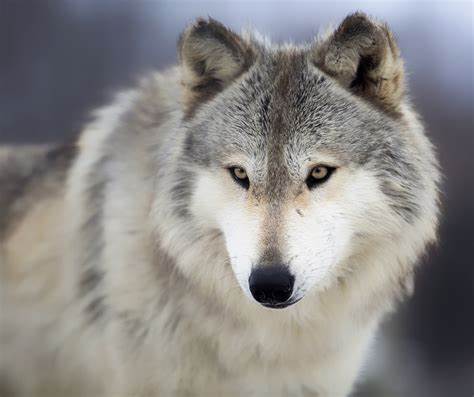
Often called as the common wolf, the gray wolf is the type of wolf that most people are familiar with. This canine varies in colors and size, which depends on the area they inhabit. However, it is known to be very adaptable to a variety of surroundings.
2. Arctic Wolf
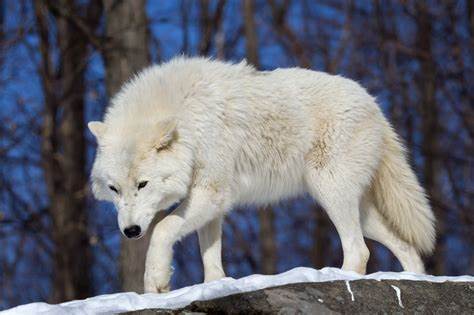
The arctic wolf has been known because of its white coloration, which is unique among all wolf species. In order to adapt to extremely low temperatures, it develops two thick layers of fur, in which the outer layer usually gets thicker as the cold months come along.
3. Red Wolf
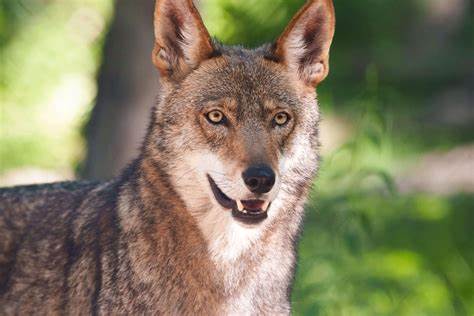
Although it often comes in the shade of cinnamon red, the red wolf got its name because of its reddish coat. As a social creature, it forms packs that have different levels of hierarchy within it. Also, it is said to be very territorial and marks its area with its scent.
4. Indian Wolf
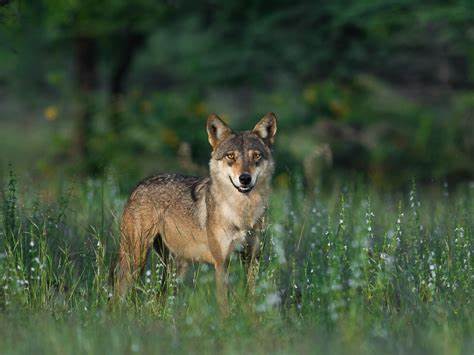
Commonly found on the open lands of India, the Indian wolf is a type of wolf that comes with reddish to light brown coloring. In contrast with other wolf species, this animal has a coat that is a bit shorter and less dense.
5. Himalayan Wolf
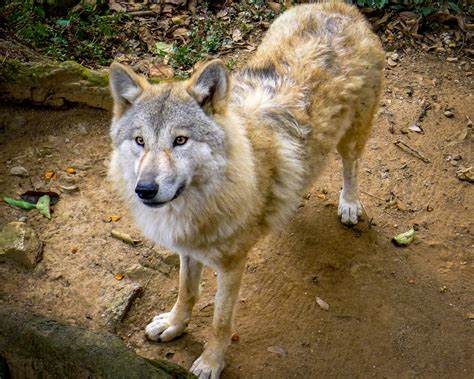
Though it has been identified as a close relative of the Indian wolf after several genetic testing, the Himalayan wolf is a subspecies of the gray wolf. It often has light tan or gray color, which is found mostly along the chest.
6. Ethiopian Wolf
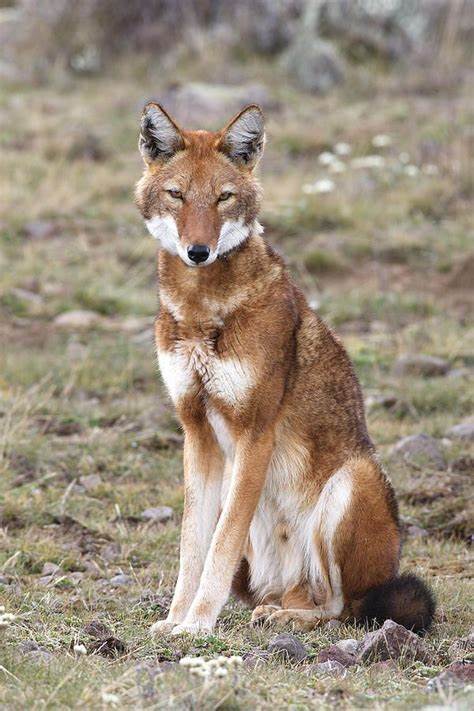
The Ethiopian wolf is a medium-sized wolf with a pointed muzzle and very long legs. It also has varying colors, which include white, red, and brown. Because of its physical appearance, the wolf is often mistaken as a fox or a jackal.
7. Eastern Wolf
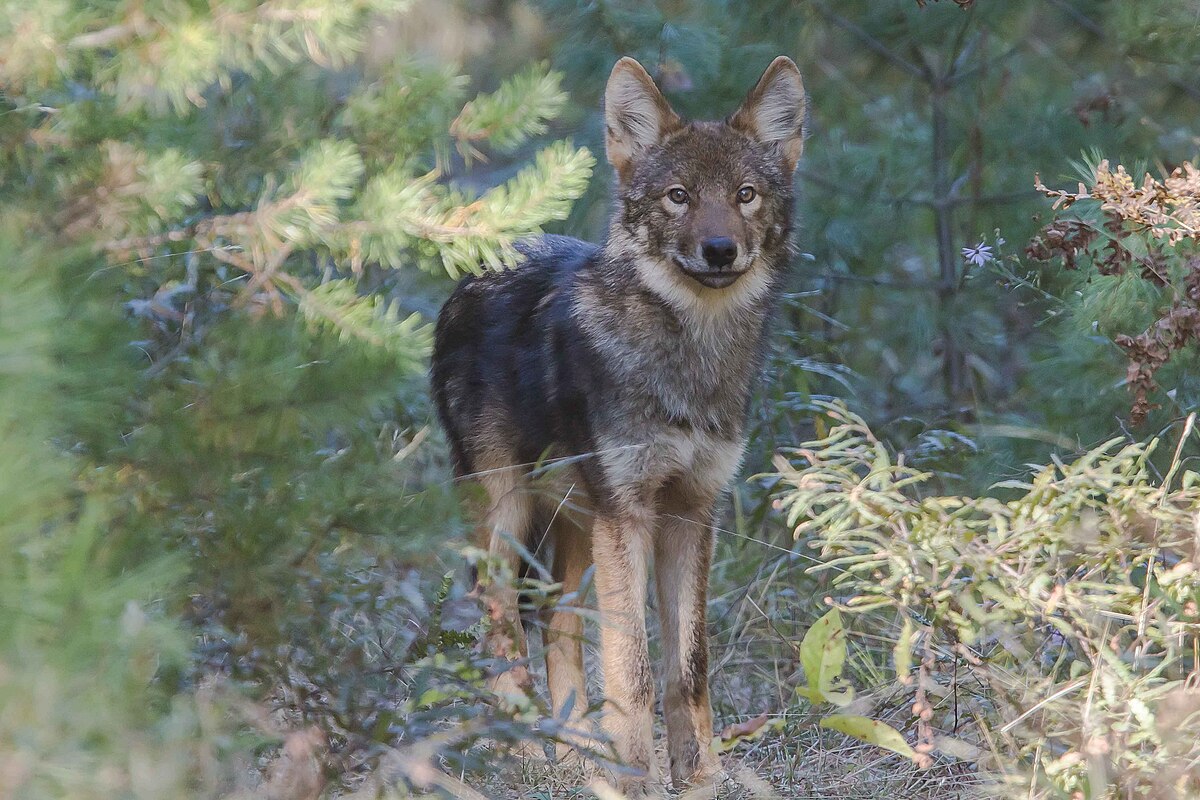
The Eastern wolf, a small to medium-sized wolf with a reddish or light brown coat, is often regarded to as a subspecies of the Red wolf or gray wolf. But, it can be easily distinguished through the long hairs in its coat that are usually black in color.
Regardless of the type, wolves are listed by the International Union for the Conservation of Nature as endangered species. As of now, there are an estimated 3,700 wolves in the Great Lakes region, 7,000 to 11,200 in Alaska, and 1,675 in the Northern Rockies.



GIPHY App Key not set. Please check settings